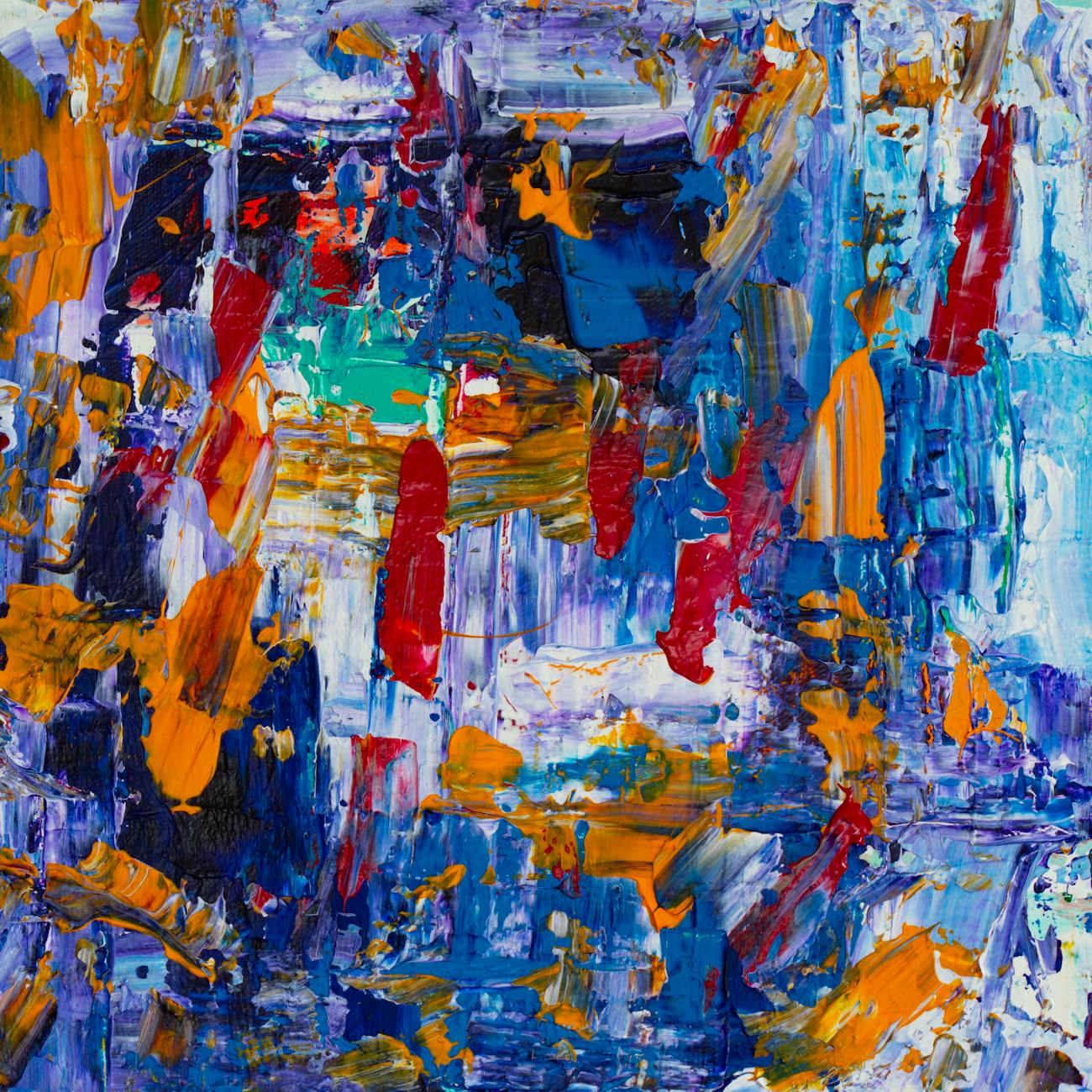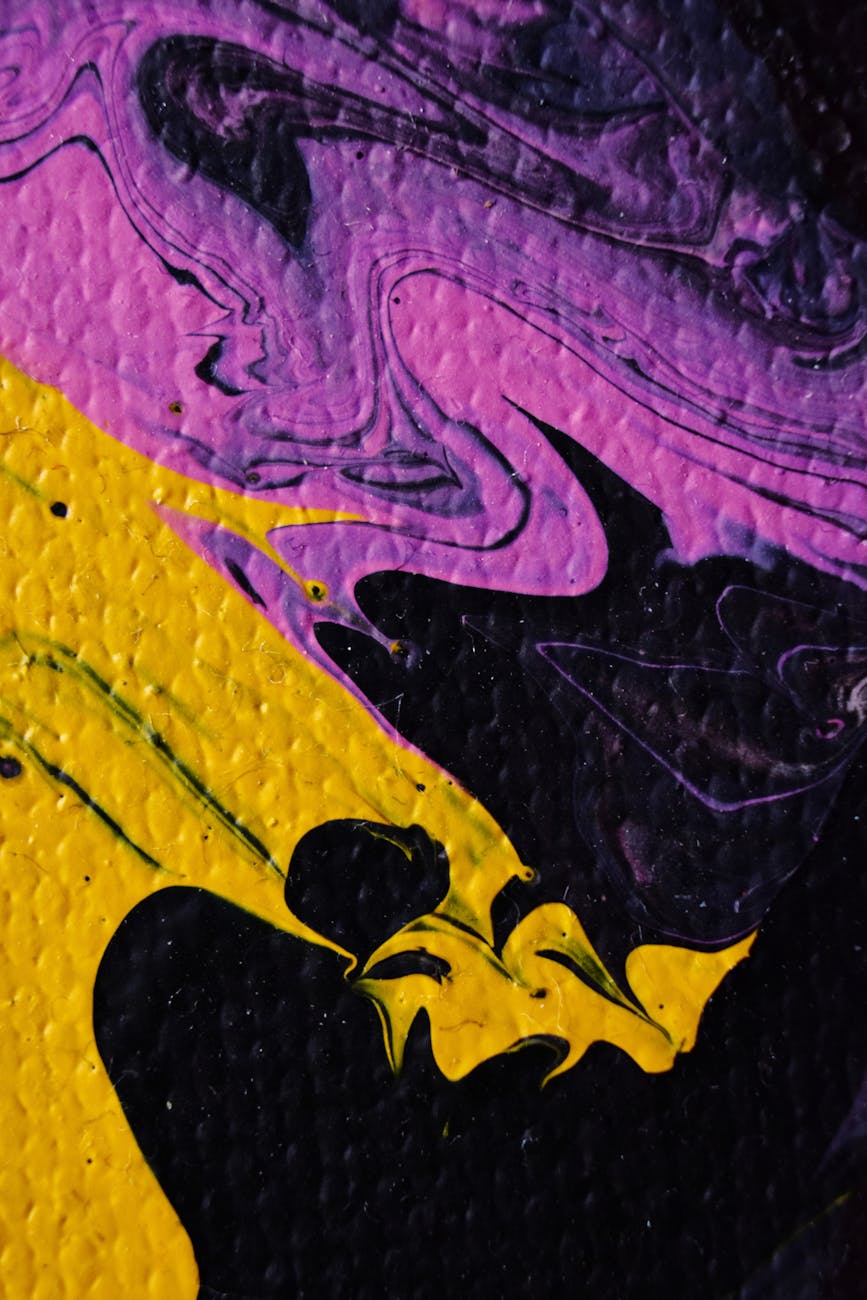Understanding Contemporary Art 📰

Over the years, art has undergone numerous transformations. While in the past, historical masterpieces were the only ones considered to be worth buying, art has branched out into many forms, with a major one being contemporary art.
Contemporary artists draw inspiration from the modern world around them, and their inspiration comes from all across the globe, spanning different cultures, the use of modern technology, and more. The idea of modern art is to break free of restrictions and to escape from pre-existing concepts, methods, styles, and coloring outside the lines. The art is a dialogue of the individual artist’s identity, thought process, and issues that are important to them.
Read on as we look at the introduction of contemporary art in the world and how ancient modernist artists were able to create artwork that earned them the respect of critics to this day and age. We’ll also look at the true way of studying abstract art to understand its true meaning and beauty.
The Beginning of Contemporary Art
While contemporary art is dynamic and moves forward with time, the concept of contemporary art actually started in the early 20th century in England. In the early 1900s, the Contemporary Art Society was formed by British painters and critics to purchase art to display it for the world to see. This started the cogs in the modern art movement with others in different countries picking up on this concept.
Before this time, the concept of art had been to carry forward traditions, as religious monuments, and as a show of wealth and a sign of elitism. The modernist art movement was a radical transformation and brought with it the works of many abstract artists, including the first one ever, a Swedish painter by the name of Hilma af Klint and others like Wassily Kandinsky. Abstract artists started stepping away from the idea of art being a concrete reflection of reality. They began to use colors and lines and patterns with their own unique meaning.
The First Abstract Artist: Hilma af Klint
In 1905, Hilma began creating a series of artists in accordance with the guidance of someone who spoke to her internally, a voice that she named Amaliel. During that period, Klint was better known for her landscapes, portraits, and other paintings. She kept her abstract pieces safe in her studio since this was the art she created under the guidance of the spirits she believed were responsible for helping her paint. In fact, her abstract art was so personal that even after her demise, she mentioned in her will that these pieces not be shown to the public for another 20 years.
In fact, it wasn’t until the late 1980s that her work finally reached the rest of the world after being displayed as part of an abstract painting exhibit in LA. By 2013, her work reached Berlin and eventually earned her her very own exhibition in the States under the name of Hilma af Klint: Paintings for the Future in the Guggenheim.
Her paintings heavily portrayed her beliefs and thought processes in spirituality. Letters, spirals, and motifs were used to convey her thoughts. Some of her work has also been known to depict the human’s circle of life: from childhood to old age. This was portrayed on massive canvases in the form of spirals, shapes inspired by natural, flowers, and more. From a critic’s perspective, it was considered that the colors used in her paintings were “childlike,” but the intricacy of the paintings themselves made up for this, and this painting style is reflected by many modern artists and expressionists in the 21st century.
Over time, her work evolved from spirals and nature-inspired shapes to geometric patterns. According to her notes, she was no longer being guided spiritually, but instead was being inspired by the patterns and words she saw within herself.

The Modern Perception of Contemporary Art
While the work of many of the greats like Klint and Kandinsky is admired by critics and art lovers all over the world, for many, 21st-century contemporary art brings with it some conflict. The fact that abstract art doesn’t have any boundaries leads to art forms and expressions that make people step back for a minute to get their bearings.
Developing an Eye for Contemporary Art
If you’ve seen even a little bit of modern art, you may have heard people making claims that their 5-year-old could have done a better job, or that modern art is just a publicity tactic. This is where you need the ability to read the art. Think of the artist’s painting as someone speaking to you – your ability to listen clearly to what they’re saying will also affect your perception of their words.
This is what makes contemporary and abstract art so unique: it is about playing with the mind of the viewers and honing their sight to spend some time contemplating the meaning behind what the artist is trying to say. For many, abstract art is non-existent without anyone there to view it. Think of it as a sport: you can have a football present, but the game of football doesn’t exist until there are people there to play.
In some cases, an abstract artist may take their works to such depths that the viewer will need to spend quite some time and effort to understand what the artist was truly trying to point out. In fact, many art displays are now accompanied by notes from the artist to help the viewer through this process.
The Different Approaches to Looking at Abstract Art
Many people make the mistake of trying to fit abstract art into their understanding of the real world. It is a natural instinct in us to see something new and try to understand it according to what we already know. However, with pure abstract art that has hidden patterns, colors, lines, and shapes that, at first glance, seem random and disjointed, it can be a bit difficult to follow this instinct.
Unlike a child randomly coloring on a piece of paper, artists follow a plan and a proper thought process when planning their paintings. While at first glance, the untrained eye is unable to pick up on any existing symmetry (or non-symmetry), the more you look at it, the more complex it will appear to be and will evolve under your very eyes.
Looking at Abstract Art with Prior Knowledge of Artistic Work
Professional abstract artists often use symbolism cultural patterns when paintings. For people who have seen the work of a particular artist before, the next time they see something by the same person, they will be able to recognize hidden patterns and elements much faster. The more familiar you are with an artist’s work, the easier you’ll find it to understanding the meaning behind it.
An early 20th-century abstract artist, Mark Rothko is now known to be one of the best abstract artists to have come out in the time after World War II. While he dabbled in landscapes and many other art forms, after the War, his work transformed into a combination of shapes in monochromatic colors, which were meant to depict death and survival. The meaning behind the work has helped art lovers over the centuries admire the seeming simplicity of his later works.
Looking at Abstract Art for More than Just a Moment
The thing about most people is that we are impatient and consider ourselves to have the ability to understand something the moment we look at it. Abstract art is also known as slow art – the concept was derived from the fact that most people who visit art galleries or museums spend a handful of seconds looking at individual paintings, not taking the time to hear what the artist is trying to say. Abstract art should be analyzed for more than just 30 seconds. Here is one way to go about it:
- What are the colors that you see at first glance? What colors come out the longer you look? Is the overall tone of colors warm or cool? What type of shapes are used? Are the paintings following symmetry or non-symmetry? Is there any repetition in certain elements of the painting?
- How do you feel the longer you look at the painting? Is it giving off a happy energy or a feeling of loss? Is the painting static or moving?
- Are you able to understand the artist’s thoughts behind the piece?
With abstract art, you may not always necessarily find the meaning the artist is trying to put into it. But that’s the beauty of spending your time trying to discover the meaning. In fact, abstract art can’t exist without some sort of basis in reality.
Abstract artwork is a different conversation with every viewer. Even if you’re viewing the work of an artist you’ve never heard of before, following the pointers mentioned above can help you unwrap the layers of the paintings. But to help them in interpreting abstract paintings, many people read into the artist’s background to see if they can find some reflection of the artist’s life in their work.
Thinking of Individual Elements Instead of a Picture
Abstract art is free of boundaries, which is why when you look at a painting, don’t try to create a holistic picture of what you can see. Start with the elements of the painting that stand out. What do they represent for you? Are they repeated elsewhere? Has the artist used similar shapes and lines throughout?
The Magic of Contemporary Art
Contemporary art is best enjoyed in silence. Instead of overthinking it or questioning elements of the painting with people around you, just take a moment to allow the art to wash over you, and you’ll start to experience the artist’s emotions. For instance, some people who have viewed Rothko’s work claimed that the silence of the work pierced through their hearts.
Don’t be too focused on finding some form of hidden meaning. Just allow your gaze to run free and soak up the colors and lines in front of you.
In some cases, abstract artists may not even remember if they planned or added certain elements to their own artwork. For them, it happened at the spur of the moment, and every new piece is unique.
Bring Some Contemporary Art into Your Life
The interesting thing about art is even realistic, or impressionist paintings are rooted in abstraction because every painting reflects some of the abstraction in the artist’s mind about what they were viewing and painting.
We already talked about the ability of abstract art to inspire different emotions in you if you view them for a moment without any distractions. The beauty of modern art is that it’s no longer limited to elitists, museum displays, and galleries. Apart from curating private art collections, people now display their favorite artworks in their personal space to have something positive and emotional to look at.
Contemporary artists have made their artwork readily available to be enjoyed by all. And whether you hang it up in your office, your home, or gift it to someone special, a piece of abstract art can add a touch of color in your life.
Find your own unique piece of art and immerse yourself in a sensory experience that will delight and engage your mind.












